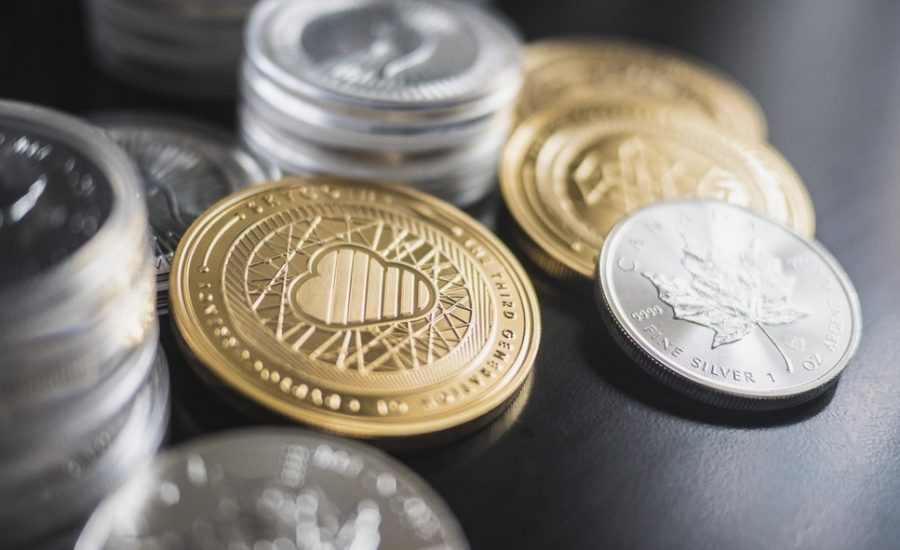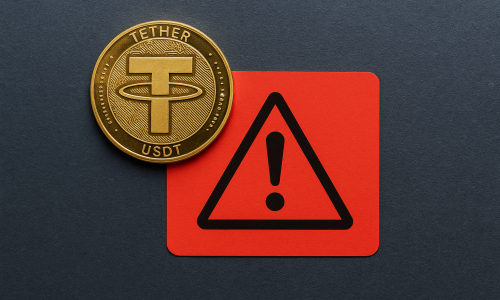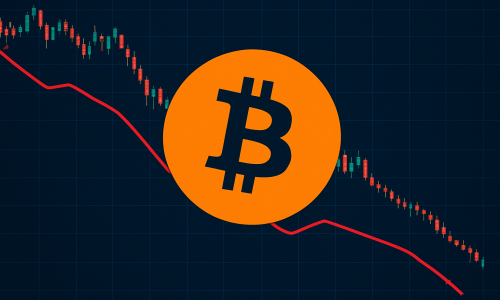Different tokens – different strategies? Same as with any traditional asset, there is no “Holy Grail” for cryptocurrency trading, which means you need to forgive the idea that out there you’ll find a magical trading strategy that will generate consistent return on any cryptocurrency and in any market conditions.
Each cryptocurrency has its own “personality” and behaves in a particular way in certain market conditions. Your job will be to understand that behavior and come out with a specific set of rules that will help you take decision when to buy and when to sell.
There are many people who make money on cryptocurrency exchange platforms and not everyone is using the same system. Your task will be to choose a set of cryptocurrency pairs, understand their past performance and develop one set, or if necessary, several ones, of rules to trade them.
If you want to use technical systems like price action and Elliot Wave, or traditional indicators like moving averages and oscillators, one important aspect to consider will be that this type of strategies performs well in markets with good liquidity. As a result, you will need to focus on some of the top cryptocurrency assets, which is what we’ll explain in the following paragraph.
Top cryptocurrency assets
Back in 2008, a still-unknown person, hiding behind the name Satoshi Nakamoto, published the white paper from what would have become the most popular cryptocurrency on the planet – Bitcoin.
As of 2019, Bitcoin is still the largest cryptocurrency in the world, with more than $140 billion in market cap and more than $23 billion in daily transactions volume. A Bitcoin token is valued at $7,900 and its dominance in the global market cap stands at 57%.
If we add to all of the above-mentioned metrics that most of the institutional investors had focused on Bitcoin, we can conclude that it is by far the top cryptocurrency assets.
Crypto-to-fiat pairs, like Bitcoin – US Dollar (BTCUSD) or Bitcoin – Euro (BTCEUR) are some of the most popular in terms of daily volumes and liquidity. Bitcoin crosses like Bitcoin – Ether (BTCETH), Bitcoin – XRP (BTCXRP), or Bitcoin – Litecoin (BTCLTC) are also among the top traded pairs, considering that they are formed by Bitcoin (the most popular and most traded cryptocurrency) and some of the most important Altcoins, all with big market caps and significant market dominance.
Pros and cons of trading multiple cryptocurrencies
In order to spread the risk, most of the people choose to trade multiple cryptocurrency pairs. As we’ve already mentioned, no strategy is perfect, so diversification plays a major key in avoiding to be wiped out by an unexpected market move. Let’s see what are the pros and cons of trading multiple cryptocurrencies.
Pros
- Diversification across a variety of assets;
- The ability to get through an unexpected market event when a cryptocurrency trades against you and you need to face a loss;
- Potential for profit from different sources;
Cons
- A lot more study is needed in order to analyze each cryptocurrency pair, its particularities, and potential factors that might impact the price in the future;
- You’ll need to constantly monitor the performance of more than one asset;
- Time-consuming and you’ll need to allocate at least a few hours per day in order to be constantly updated with all the latest market events;
Common crypto assets available on exchanges
One of the few certainties you could have about the assets available on exchange platforms is that you’ll definitely find a few major Bitcoin-related pairs. As we’ve already mentioned, trading Bitcoin against fiat money like US Dollar and Euro, or against the most popular stablecoin Tether is certain on each and every exchange.
The second largest cryptocurrency by market cap – Ether, follows right after Bitcoin with a variety of pairs and crosses against fiat money or other tokens. XRP, Litecoin, EOS, Stellar, Cardano, Tron, Dash, and other large-cap cryptocurrencies are also present on most of the exchange platforms currently in existence.
Tips for trading crypto on exchange platforms
It is vital that people wanting to buy and sell cryptocurrencies on exchange platforms understand that one of the most important things to take into account is the tendency of the market to overshoot most of the time. Most of the trading is momentum driven and psychology plays a major key in decision making.
FOMO reactions are usual and they overextend market trends. Like in any other financial market, institutions or large players aim to trap people with little or no experience, resulting in the popular “pump and dump” schemes.
As a cryptocurrency trader, you must develop your own set of rules, remain lucid when unexpected events take place, not become influenced by other people’s euphoria or pessimism, do your homework and come out with original and innovative trading ideas.
Extreme confidence and extreme pessimism are generally contrarian signals and might hint to the fact that a new market trend will emerge in the other direction. It is crucial that any trader, beginner or professional, manages to spot these conditions, as they can offer unique trading opportunities. Remember, you need to buy low and sell very high.
The ideal position for a beginner
Some of you might be at the beginning with cryptocurrency trading and wonder what would be the ideal position to start with. If you’ve already passed through the documentation phase, where you’ve managed to understand the technology behind digital money, how they operate, what influences prices over time, and how to look at price to understand what other market participants are doing, the first actual step for buying cryptocurrencies will be to diversify your holding across several liquid and popular cryptocurrency pairs.
Remember that you don’t have the skills to spot and anticipate a major move in a cryptocurrency with a low market cap. Stick to Bitcoin pairs (BTCUSD, ETHUSD, BTCUSDT) or Ether pairs (ETHUSD. ETHUSDT, ETHTRX, etc.) and instead of wanting to generate huge returns from your first months, use the experience as a learning process that will enable you to understand deeper how the market functions.



